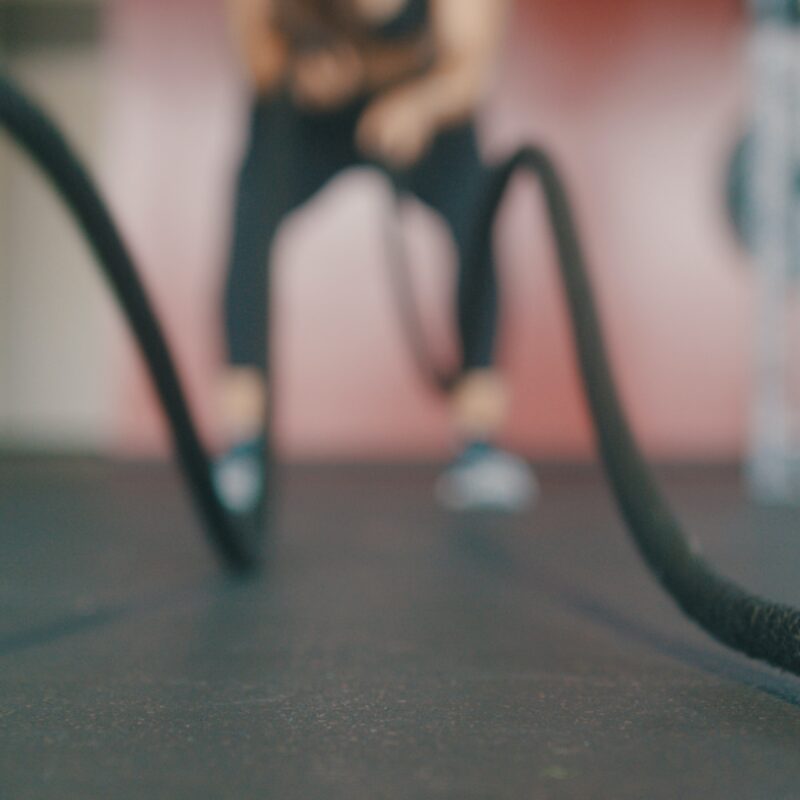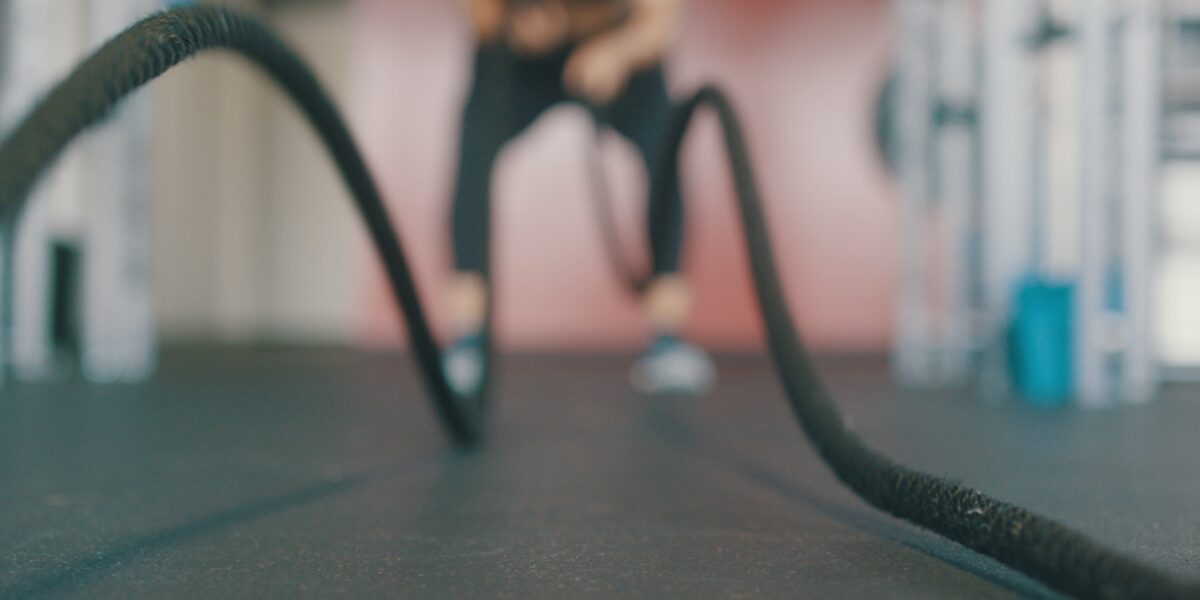HIIT at work


Repeated sprints. An old concept that we used to apply with people on the athlete at work programme. The concept is based on interval training in sport, which in more modern parlance is now called HIIT (high intensity intervals training). It’s nothing new and I wonder if workplaces might benefit from its re-emergence.
In its simplest form it’s a period of intense work, followed by a period of less intense work (active recovery) or rest. Repeated.
As an example, in my former life as an athlete I was never quite able to run a mile in less than 4 minutes (I got pretty close). However, in training I was, at times, able to run 2 miles in a time of less than 8 minutes. This was made possible by doing 400m (approx 1/4 mile) at a fast pace, followed by one minute of recovery. When I was in decent shape I was able to do 8 repetitions of 400m at an average of just below 60 seconds. This adds up to 2 miles covered in less than 8 minutes of running.
The first few reps in those training sessions almost always felt easy (unless I was unfit, unwell or started out too fast) and I could have carried on running into rep 2 without a rest. However, had I done so I’d have paid for it later. To be able to keep performing in the later reps I had to use the recovery time well.
It’s commonsense that continuous work builds up fatigue. And, yes, a change can be as good as a rest and some people and aspects of our work are more energising and engaging than others, while other people and aspects of our work seem to take more out of us. However, the principle stands up to scrutiny that work punctuated with recovery will enable more and better quality work to be done.
To translate this principle into practice in work I wonder if you might experiment with something like the following as a structure –
Split the day into work segments of 75 minutes.
So meetings, appointments, periods of focused work perhaps start at 9.00, 10.15, 11.30 (lunch 12.30 – 1.30), 1.30, 2.45, 4.00 and with a planned finish at 5. You work for an hour of those 75 minutes and then have 15 minutes of recovery to move about, grab a drink, have a chat with someone, just sit and rest, or do something less demanding that promotes energy rejuvenation.
If you do that, in an 8 hour working day you’ll do 6 hours of quality work. You never know, you might even end the day feeling like you’ve got more energy to give to your life outside of work.
Experiment with the principle and see how well you can put it into practice for a couple of weeks and see what effect it has for you. Of course, you won’t be able to do it perfectly every day because the world of work is imperfect. But see how close you can get to it – and how consistently, and see what happens to your energy, productivity and output.
If you do, I’d love to know how you get on. If you don’t, good luck coping with the consequences of approaching each day like a marathon.
